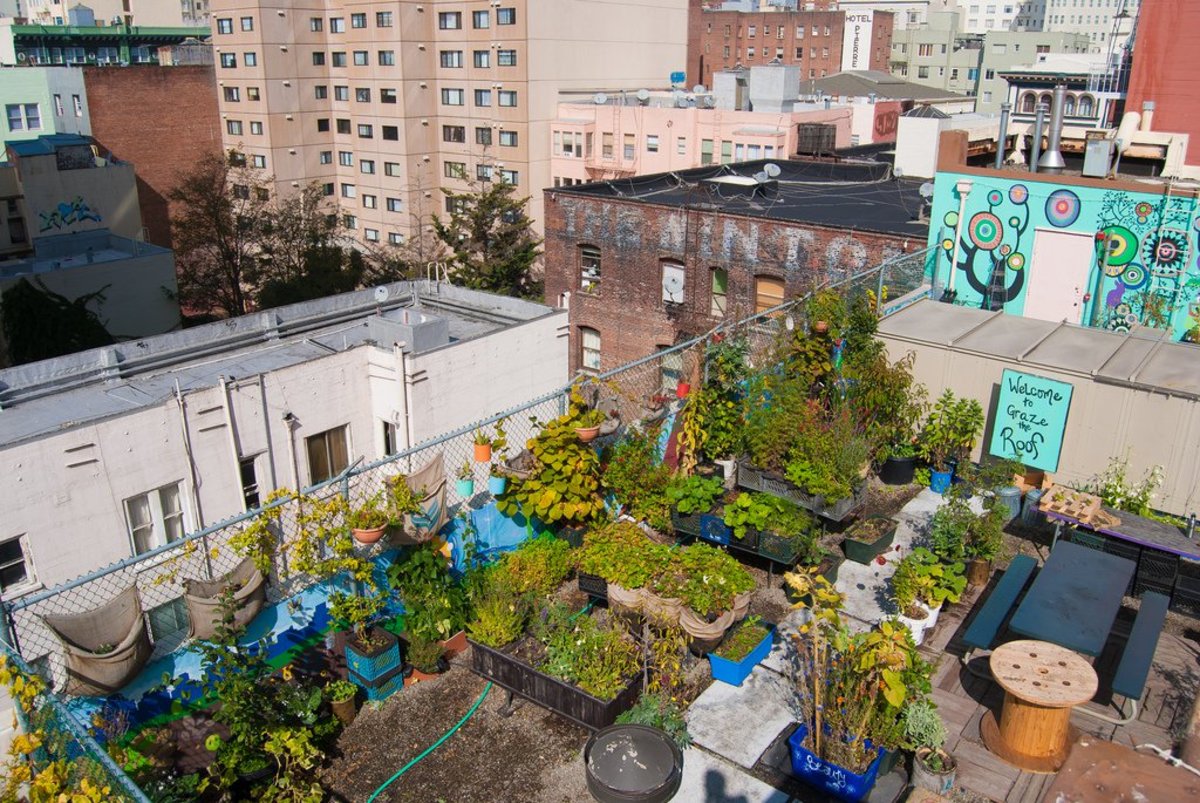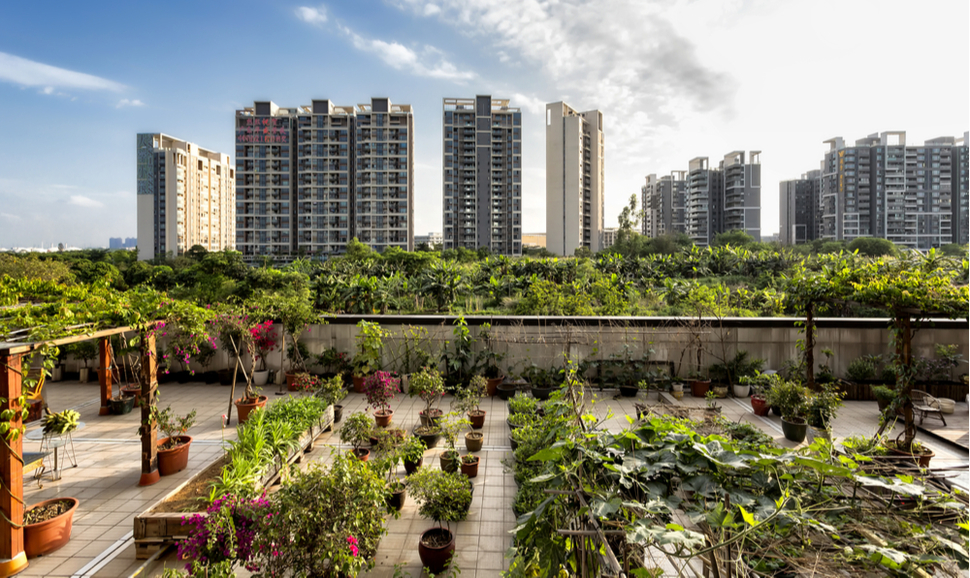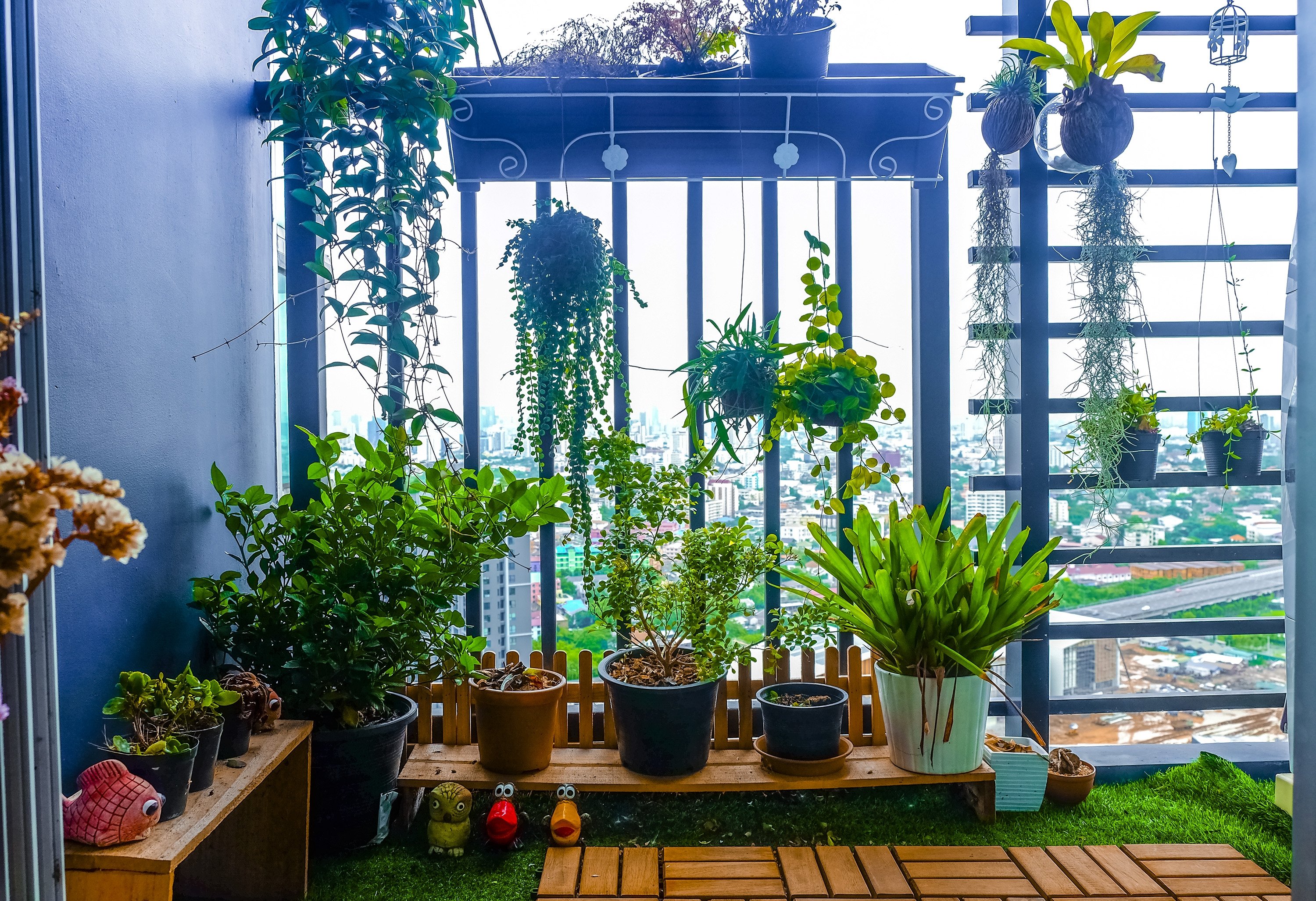What Are The Top Benefits Of Urban Gardening?
Surprisingly, there are many. If we are gardening in the city, we are not only helping ourselves, we are helping our communities and the environment. Additionally, urban gardening has a positive impact on the economy. Overall, urban gardening gives positive results for us and those around us.

Table of Contents
Toggle1. Being Self-Sufficient
It promotes self-sufficiency, releasing a burden on import and export of fruits and vegetables. We are lowering the carbon footprint by lowering carbon emissions based on the transportation of food delivery.
Not to mention that it helps out with our already fragile just-in-time supply chain. Of course in many cases certain foods are impossible to grow. I wish I could grow oranges in my backyard but that is not an option. Nevertheless, I can grow kale, lettuce, peppers, celery and much more.

2. Helps The Environment
The benefits of urban gardening also include a positive impact to the pollution and our environment. The more greenery we are surrounded by, the better it is for us all.
Community-wise, it has the capacity to bring people together and build a shared garden. Although this may not be everyone’s thing.

3. A Humbling Experience
By growing your own food, you begin to appreciate the value of food more. The time it requires to grow and work on takes a good deal of energy. However, it is this energy that we need in order to sustain our lives.
Now more than ever before, urban gardening is coming back. For decades it has been practiced sparingly. However, it is becoming apparent that now it is more important than ever before to begin urban gardening.
5 Steps To Start Urban Gardening
1. Create a space Where you can grow something
When we are living in a small space, maximize it as wisely as possible. Set up a station for your plants where they can be placed. For example, on the balcony, if you want them all throughout your outside space or just on one side.
Which side receives the maximum sun? Is there also a place inside your condo to grow something?

2. Collect seeds from the produce you buy
This is the least expensive and most practical way to grow food without spending more money. You are buying produce anyway. Why not collect those tomato seeds, or mixed pepper seeds for planting? After all, there are an abundance of seeds per vegetable you buy.

3. Buy Gardening soil
Since the price of soil is not that much, buy a few extra bags. This is if you have space and can afford it. Also do not waste your soil. There is soil from the previous year that was used and will be reused again this year. This was soil from canvas gardening bags where food was growing from.
When the harvest came and the vegetables were out, the soil remained. Instead of putting in the ground, I kept it and will use it this late spring. My plants will still grow.

4. Collect your pots for planting
This can be almost anything that can hold soil. You do not need to buy a pot per se. Something as simple as using plastic yogurt containers is perfect. If you have pots to plant vegetables that is great.

Make sure to use something that is sturdy and will not break easily. Cardboard style containers are not good and will break easily. Put one glass of water in it and that is pretty much the end of that. A plastic container with drainage holes is better to use over cardboard.
5. Have adequate sun
Whatever you end up planting, you want to give it a spot where it receives adequate sunlight. This is going to make all the difference in how well it grows.

May the top benefits of urban gardening inspire you to build your own home grown farmers market.
January 27, 2022
Please visit more of my blogs on Gardening.
Additionally you can also check out blogs on Home Reno’s, Recipes and 2020 and Beyond for cost effective ideas for your home, garden and the future.
Related Topics:
Keeping Up With Increasing Food Prices
10 Reasons Why Growing Tomatoes Is Beneficial
Some Food For Thought About Food
A Budget Friendly Backyard Upgrade

